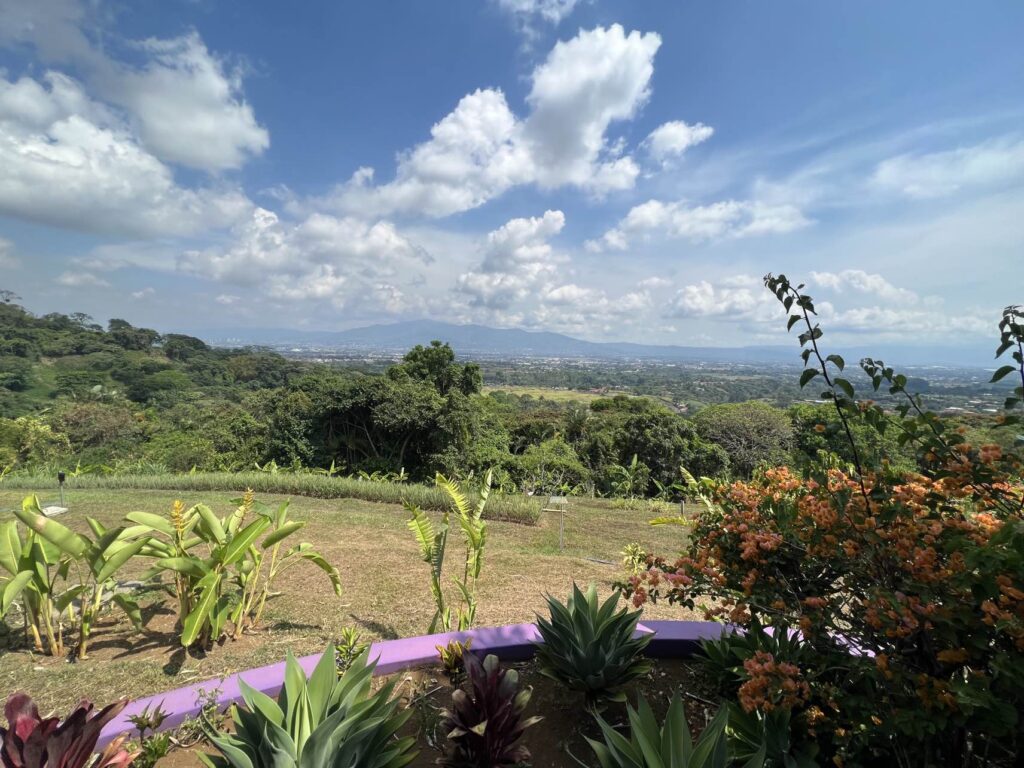
WASHINGTON, DC (July 11, 2023) – For the first time in 30 years, the AAA Diamonds program has added a new country to its inspection list: Costa Rica! Two AAA Diamond Inspectors*, who recently completed hotel and restaurant inspections in the Central American country, share their highlights, takeaways, and tips for travelers curious about Costa Rica. 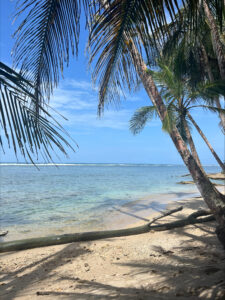
What makes Costa Rica so special?
INSPECTOR A: Costa Rica as a country puts emphasis on the phrase pura vida, which translates to pure life. You will hear this everywhere you go. It’s this idea of a happy, easygoing, free, fun lifestyle. Costa Ricans really live by this and is probably a huge part of why everyone is so genuine and kind. When you travel here you really get to see what pura vida means, and by the end of your trip, you are likely using that term yourself every day.
INSPECTOR B: There are 28 national parks in a country equivalent to the size of West Virginia. 28% of Costa Rica is protected as a national park or reserve. Other draws: the near perfect mountain climate, Pacific and Caribbean coasts, an enormous number of thermal springs, and stunning volcano views. It also has the only “Blue Zone” in Latin America – Nicoya Peninsula – an environment known for being conducive to longevity.
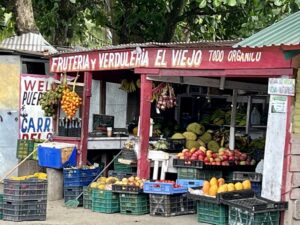
What should people know before going?
INSPECTOR A: Avoid the rainy season – May through November. English is only spoken in high tourist areas, and even in these places, it can be limited. It’s useful to know basic Spanish to communicate things like prices, asking for the bathroom, ordering food, and going somewhere. Pack an exceptional amount of bug spray, especially when traveling to places near water. Bug spray is expensive in most local stores but is highly necessary as mosquitoes can be pretty abundant in some places. Don’t leave belongings unattended, especially in areas like Manuel Antonio and some parts of Cahuita: capuchin monkeys are big fans of going through bags and stealing items, especially if there is food! If you’re driving, navigate with Waze; it is the only accurate GPS on smartphones. While there are many highways, there are also roads with just gravel, rocks, or dirt. Drive carefully.
INSPECTOR B: Passports are required, visas are not. The currency is colones and the average this year is about 545 colones for 1 dollar. ATMs are common and dispense colones with the best exchange rate. 13% sales tax and 10% service charge are automatically included in menu prices. A knowledge of Spanish is useful and will make your trip more interesting and interactive, however Ticos (another name for Costa Ricans) commonly have a working knowledge of English.
 What are the top 3 things visitors should see and do in Costa Rica?
What are the top 3 things visitors should see and do in Costa Rica?
INSPECTOR A: Arenal Volcano (and its adjacent town La Fortuna), Manuel Antonio National Park, and Cahuita National Park. Manuel Antonio is on the Pacific side, and Cahuita is on the Caribbean side. Both are beautiful parks, but the scenery is entirely different.
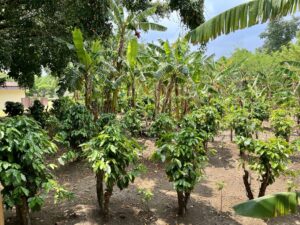 INSPECTOR B: Coffee and chocolate finca (farm) tours, white water rafting, and thermal springs.
INSPECTOR B: Coffee and chocolate finca (farm) tours, white water rafting, and thermal springs.
What surprised you the most while inspecting hotels and restaurants there?
INSPECTOR A: I knew Costa Rica was big on conserving energy and caring for the environment, but I didn’t realize just how much. Recycling and compost are organized everywhere you go by plastic, glass, paper, aluminum, etc. Just about everything is recyclable, and if you have something that’s straight trash, it’s actually very hard to find bins in public spaces specifically for garbage. Public bathrooms will very rarely have paper towels or hand dryers; you just wash your hands and shake them. Even though the weather can get very hot and very humid, air conditioning is only a thing in large buildings or businesses, it’s not common in restaurants, hotel lobbies, or grocery stores. Hotels will turn the air off completely in rooms until right before someone checks in. 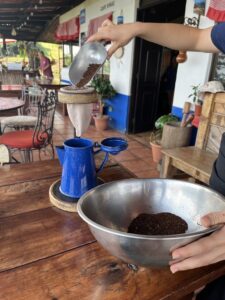
INSPECTOR B: Higher food and restaurant costs than expected. But a pleasant surprise was the wide variety of fresh fruit! Many hotels have strict cancellation policies and oftentimes charge the full amount of the stay upfront. Many of the hotels start breakfast as early as 5:30 a.m. to accommodate guests going on tours which tend to pick up tourists early in the morning. Because Costa Rica is relatively close to the equator, daylight hours are essentially equal year-round. Sunrise is generally around 5:15 a.m. and sunset around 5:45 p.m.
What’s your best piece of advice for a first-time traveler to Costa Rica? 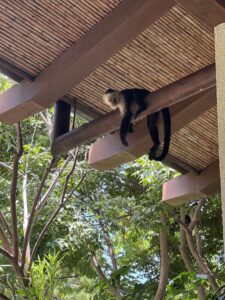
INSPECTOR A: I think it’s easy to plan a trip to Costa Rica full of excursions and activities because the country has so much to offer. But I truly think it’s important to not pack your schedule. Give yourself time to appreciate the culture, the people, the animals, and the scenery. My best days were the ones where I woke up with no agenda and just found things to do as the day went on. Or days where I did absolutely nothing except ride a bike through town or lay on the beach. It gave me more opportunity to appreciate where I was and fully embrace the pura vida lifestyle.
*AAA Diamond Inspectors remain anonymous to effectively carry out their work of conducting unannounced, in-person inspections of hotels and restaurants.
